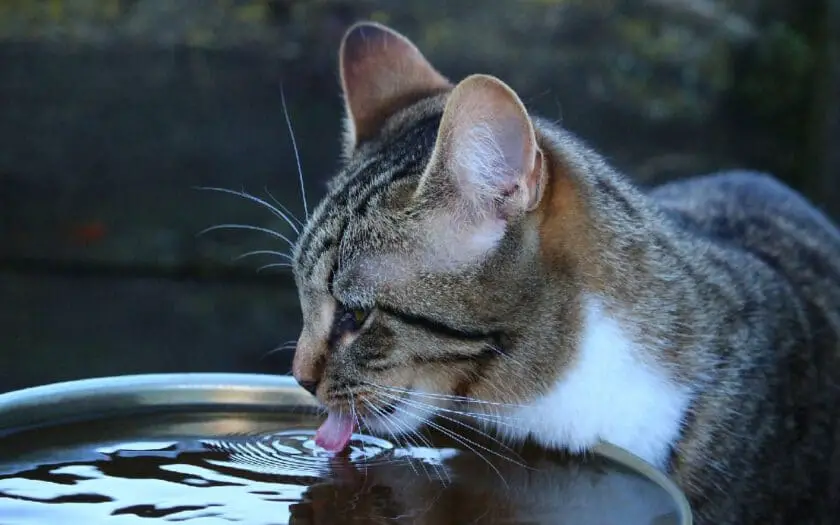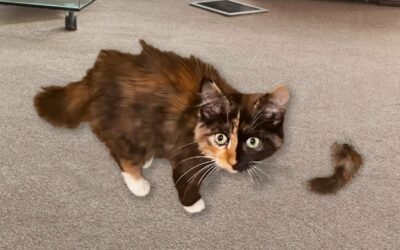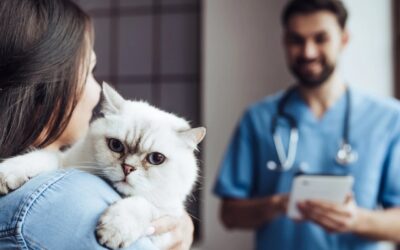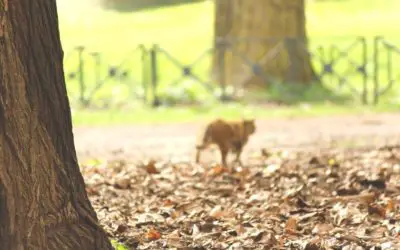It’s the most essential thing for every living creature on earth: water. In order to get rid of the bad stuff that builds up in our bodies, we need a constant influx of fresh liquids. If we stop drinking, bad things will start to happen in a matter of days. So it will not come as a surprise that a cat that doesn’t drink, is a cat in trouble. How can we encourage our cats to drink more often?
A warning: Poor urination is not always caused by dehydration. When you see a cat is actually trying to pee, but no urine comes out, you have a whole different type of emergency on your hands. A urinary blockage is something that needs to be looked at by a veterinarian, and preferably sooner rather than later. So call your vet immediately!
Dehydration
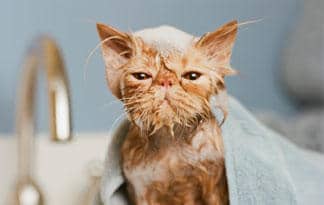
When your cat just doesn’t seem to drink very often and rarely visits the toilet for a pee, it’s quite likely that they’re suffering from mild to severe dehydration. This is not uncommon; Since cats originally came from the desert, evolution has cursed them with a very low thirst drive. But there are several other things that can compound the problem:
- Vomiting
- Diarrhea
- High temperatures
- Fever
- Diabetes
If you think your cat might be suffering from dehydration, it’s time to take some steps to encourage drinking. Here are seven things that I have found to work from experience:
Drinking tips
1. Location, location, location
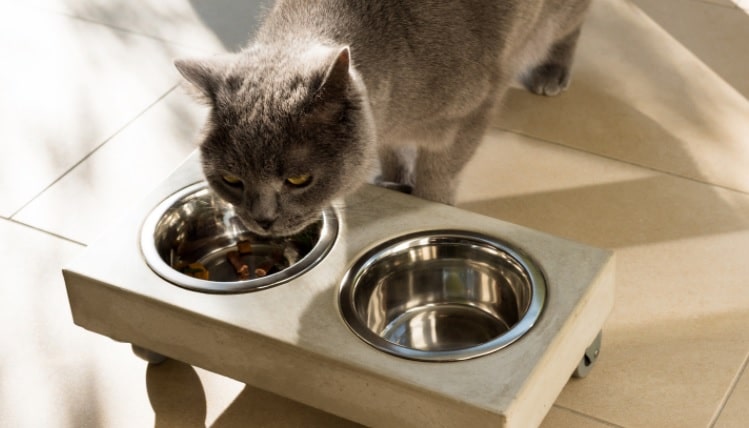
Most people place food and water bowls right next to each other. Even manufacturers tend to get this completely wrong, as the bowls are often sold attached to one another! Something few people know is that cats prefer not to drink in the same place as where they eat their meals.
So, it could be time to switch things up. It might take your cat some getting used to, but is well worth it in the long run.
2. Provide clean water
Bacteria can grow rapidly in a water bowl, especially on those hot summer days. If you want your fuzzy furball to drink, make it your job to provide them with clean water throughout the day. My own cat is actually quite picky and will just flat-out refuse to drink water that’s not fresh.

Also, don’t forget to rinse the bowl with some warm water and soap every so often. Doing so will get rid of that sticky coating forming on the inside, which is actually a big heap of nasty bacteria.
Finally, it might be a good idea to experiment with different kinds of water like bottled water, water from the tap, or even rainwater to see which one your cat likes the most.
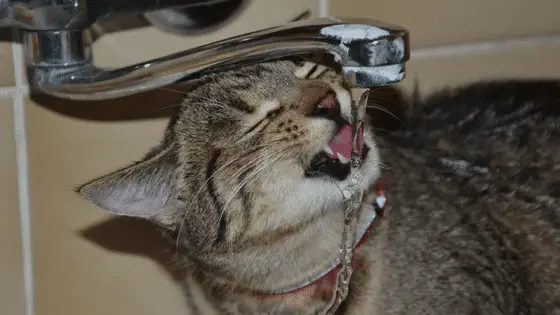
3. Switch to wet food or meat
You are what you eat. Dry kibble usually contains about 10% water, whereas wet food and raw meat diets can consist of up to 80% liquid. Switching over can therefore drastically increase the amount of liquid in a meal. Simple, but highly effective!
4. Buy a drinking fountain
One reason why cats don’t drink often is that they have a hard time recognizing still water. Drinking fountains are a great solution, plus they also supply fresh water throughout the day.
When buying a fountain, you look for a product that’s quiet, good-looking, and easy to clean. Petlibro has a great Automatic Water Fountain that is almost completely silent and very simple to operate.
5. Add extra water into meals
If your kitty’s favorite food does not contain much water, why not add some yourself? Simply throw the meal into a blender, add the desired amount of fresh water, and SLUSH! I like to mix proportions of about 75% food to 25% water, which keeps my mix from getting too gooey. But you can obviously conduct your own experiments to find out what works for you.

6. Get a good quality water bowl
It may seem trivial, but your cat can be picky when it comes to the type of bowl she wants to drink from. Something few people know is that whiskers are extremely sensitive. Now imagine for a second that you are a cat, and your most sensitive parts are touching cold water every time you want to drink. Not a very pleasant sensation!
We recommend you pick a water bowl with a small and tall design. Opt to go for one that is made from a high-quality, soft material like plastic or RVS.
7. Flavored water
This solution might seem a bit radical, but if your cat has serious renal problems and needs to drastically increase her fluid intake, this could be the emergency fix you’re looking for. You can make water more enticing by adding a few drops of flavor to it. We recommend skipping the artificial flavors. Instead, op to go for something more natural, like the juice from a can of tuna.
Final words
Drinking water is important for every living animal. With these tips, you can help your cat drink and pee more frequently at home. But it is always advised to consult a veterinarian, as they will be able to provide a better analysis of the cause of dehydration.
Frequently asked questions
According to RoyalCanin’s vetfocus, a cat needs about 50 mL (or 1,7 oz) of water per day for every 35 ounces of body weight. With the average cat coming in at around 140 ounces, that would add up to almost 200 ml per day.
A cat that can’t pee at all (either from severe dehydration or urinary blockages) will die after 3 to 6 days, so see a veterinarian as quickly as possible.
Scientists believe that the feline brain has evolved to become less sensitive to the sensation of thirst. And this makes sense when you think about it… Their original diet mostly consisted of other animals, which are made up largely of water. Spending energy trying to find pure water was likely a much bigger risk than simply hunting for live prey.
But since cats were domesticated, their raw meat consumption has gone down radically. Add to that that their drinking habits aren’t very efficient (they use only the tip of their tongue to spoon the water in) and you can guess why drinking a little extra water every day probably wouldn’t be the worst thing for your cat.

